This article started as a write up about my time shooting these two emulsions over a long bank holiday weekend, where I had similar lighting conditions and was able to shoot similar exposures across both Fomapan and Kentmere rolls. However due to my slow shooting style I didn’t have these images ready in any kind of timeframe that would make sense, and have since shot a number of rolls of both, which has given me a little more to talk about. I thought it would be interesting to discuss the two, and make a few comparisons where appropriate in order to help guide people towards making a choice between perhaps the most popular budget black and white films on the market.
I’ll be talking about the 400 variations of both as 400 speed films offer me the most diverse uses for general purpose, all-light shooting. It will also mean that I can make a few comparisons to other, higher end 400 speed films, as they fill roughly the same space. I started shooting with Kentmere a few months ago, in the hopes that it would provide a cheap, versatile walk-around film for general purpose street photography. Fomapan is a film I tried when I first started out, but I was undertaking the learning curve of a film camera as well as film itself, and this meant that my results were not ideal. Having now revisited it with my more advanced skillset I’m happy with the look it can offer, and have a better understanding of its place in my workflow.
These films are reasonably similarly priced, at around £25 for a pack of 5x 36-shot rolls at time of writing.
Workflow
I don’t usually see much point in discussing my workflow for development and scanning, as for me the art lies in making the images moment to moment, and not in the chemistry necessary to reveal that on film. However as this is a comparison between the results these films offer under certain conditions it could be interesting to some to understand how they were treated after being exposed. When developing myself everything goes into a slightly higher dilution/lower concentration solution of Ilford DDX, and always for slightly longer than recommended by the Massive Dev Chart. This allows me to worry less about temperature, and I sort of just let things sort themselves out in the tank with as little agitation as necessary. These days I’m only really developing my own film when I have certain requirements, like push processing, otherwise I wait until I have a large batch to send off to AG in Birmingham. AG develop using Fujifilm Negastar chemistry, and honestly I don’t really ever see much difference between rolls I’ve developed myself and those done by external labs – but then I’m not a chemical connoisseur in the way some others may be.
Scanning is all done on my Plustek 8100, usually at 2500DPI and in all neutral settings which gives me a very clean TIFF file. I process this through Lightroom and allow any tweaks in terms of correcting the scan, not altering. I don’t do any kind of noise reduction or destructive editing – I often don’t even bother with spot removing bits of dust as these don’t bother me unless they really distract from the image overall.
Exposing for Shadow
When I expose an image I’ll usually choose to expose for my subject, and in mixed lighting that often means exposing for the shadow. This means whether my subject is passing through light or shade they will have detail in my frame. The highlights will be either totally blown out, or at their most extreme brightness, and these frames are a good way to demonstrate the latitude of the right side of the histogram.
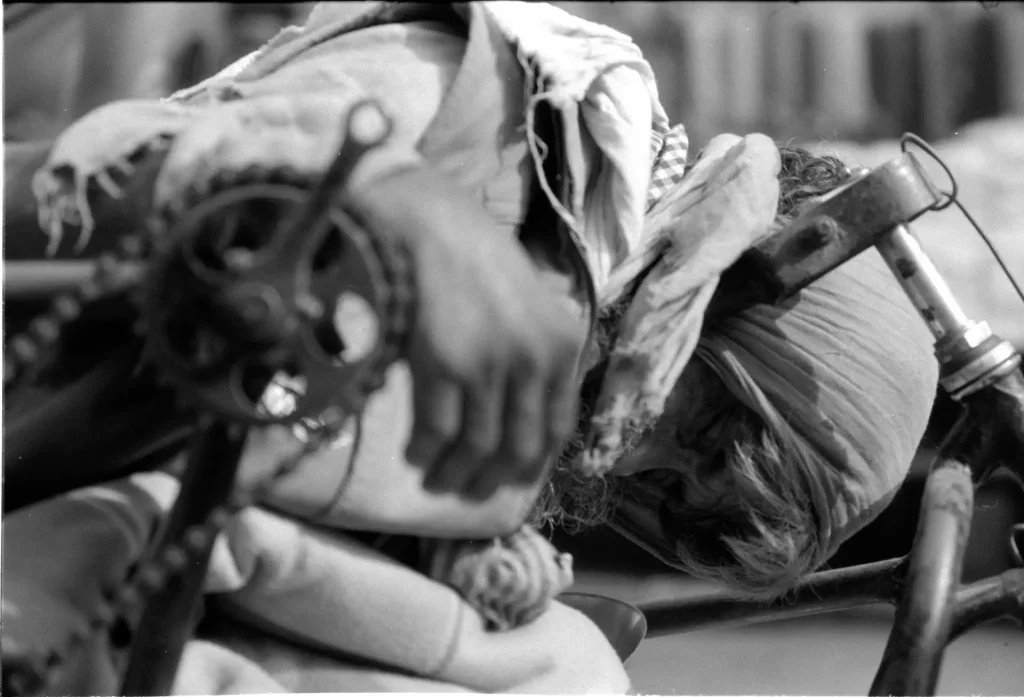
Fomapan 400, exposed for his eyes which were the darkest part of the scene.Fomapan works very nicely when exposing for the shadows, although often shows halation in the brighter lit areas, and light sources. A lovely aesthetic, but definitely one to be controlled rather than allowed to get out of hand.
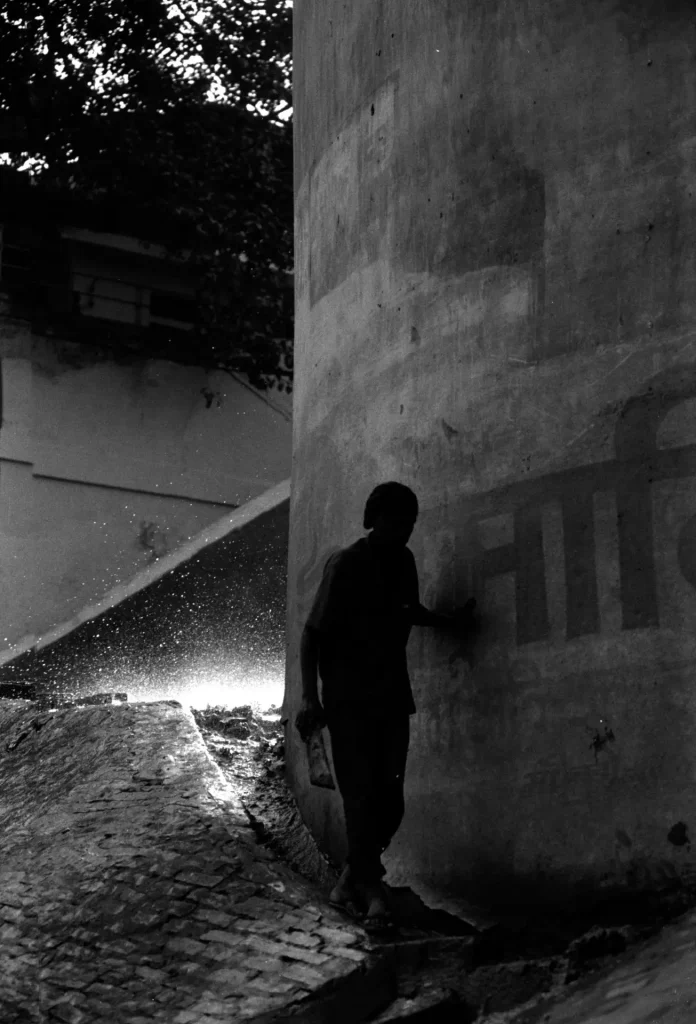
I’ll meter Fomapan 400 for the shadows when I think there’s maybe a three-four stop difference between shadow and highlight, any higher and I’ll expose slightly further up.
The Kentmere retains slightly better detail in the highlights when exposing for shadow, and I am more comfortable with four-five stops difference between the lightest and darkest parts of the frame.

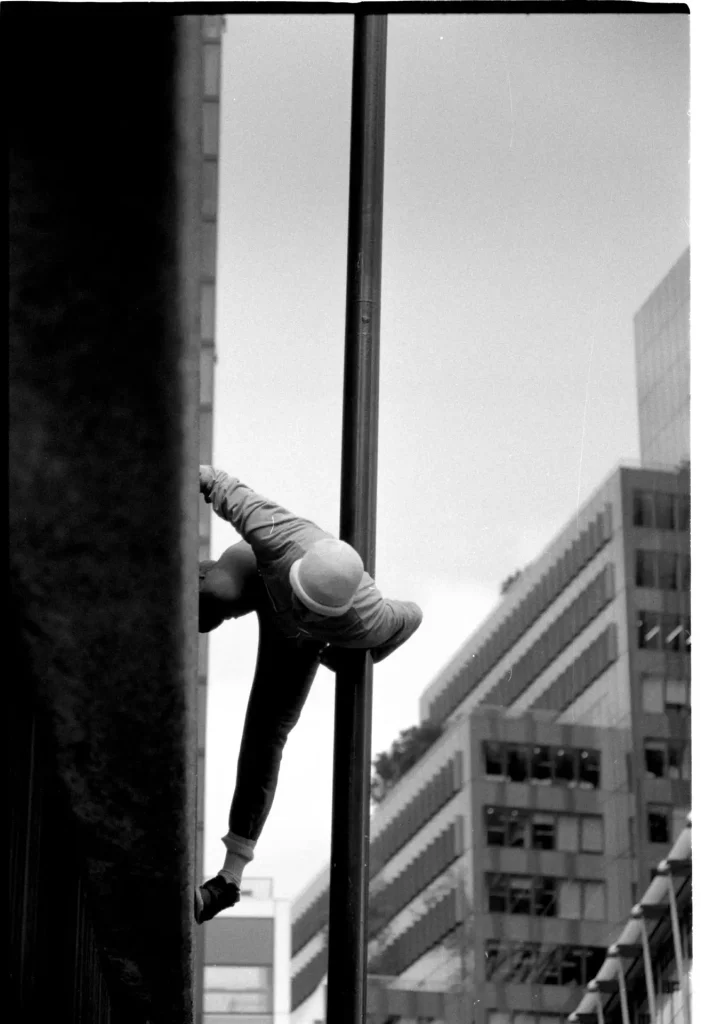
The Kentmere almost never dips into pure white, whereas the Fomapan does so very frequently.
Exposing for the Highlights
I’ll expose for the highlights either to achieve a silhouette, or to specifically frame something within an area of light, and allow the rest to remain in shadow. These images show how much information is available in these highlights when metered and exposed dead-on, as well as what detail is retained within the shadows and what is lost.
I think again the Kentmere has more detail here, less lost in the shadows and better definition in the highlights. However the overall effect is actually quite muddy, and unpleasing to my eye, whereas the Fomapan in the same condition is undeniably less detailed, but results in a nicer image (in my opinion).
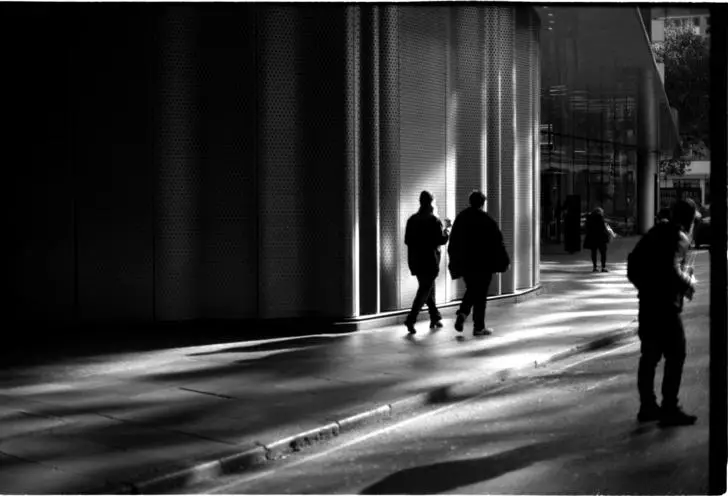
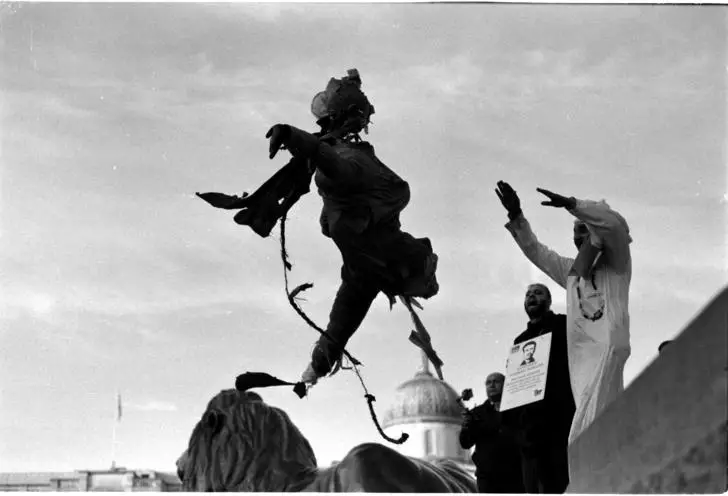
The detail of well exposed for highlights on Fomapan is less refined, and sometimes seem a little harsh even when I’m certain they were correctly exposed for. Shadow detail is close to non-existent in these situations, but I am usually happier with the look of these images.
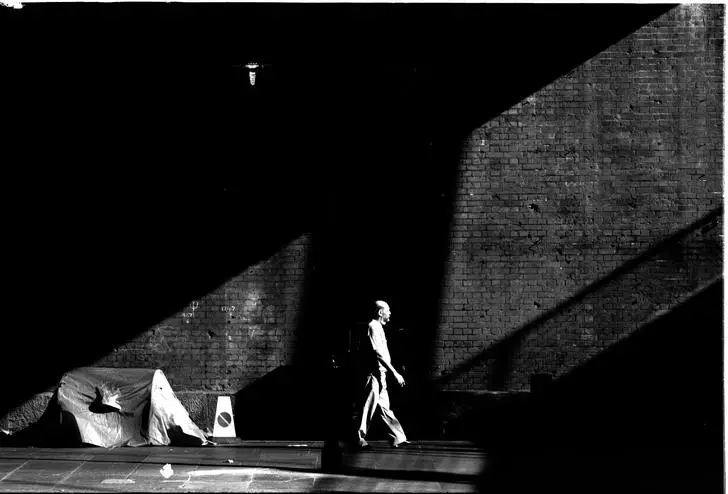
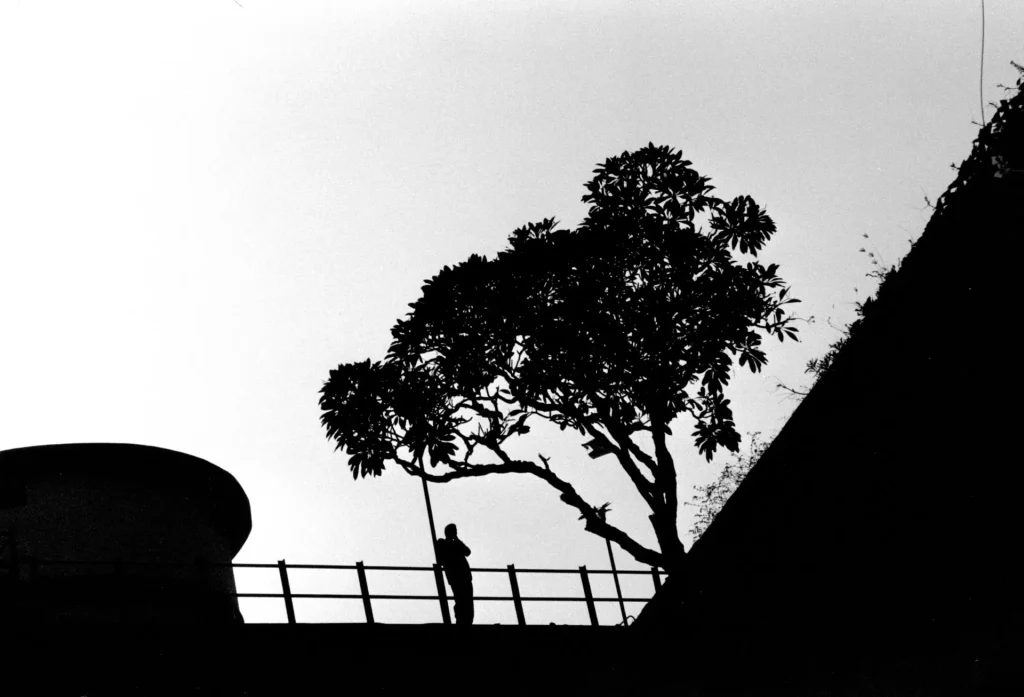
Contrast
I think that these films render contrast between extremes in very different ways, partly because of their different dynamic range capabilities. Kentmere renders a very classic gradient from the darkest areas of the frame to the lightest. Fomapan features a more severe cut off, with well exposed images showing pure blacks and pure whites with only a very same-y grey in the middle. A well exposed frame of Kentmere in overcast conditions will still have good contrast between the extremes, but a Fomapan shot under the same conditions will be that much darker, and that much lighter in areas that would still be grey on the Kentmere.

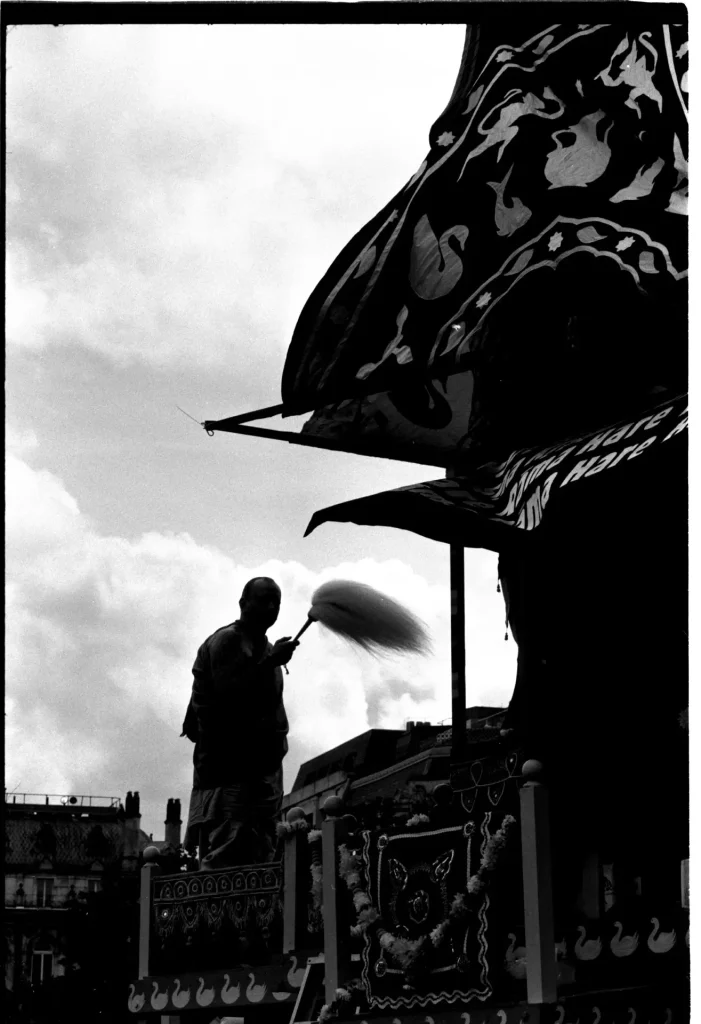
Both are “good” contrasty films, so looking for something that has a smoother or harsher transition will likely inform your decision here.
Grain
Grain is an interesting one, as different developers will offer different granular results. However I think there are some quite distinguished features to the grains of these films that should remain constant regardless of the technique used.
I’ve seen Fomapan described as having a tabular grain structure, the same as found in Delta, T-Max, and Neopan lines of film, as well as C41. I can’t find a “reputable” source to this, and there’s nothing mentioned in Foma’s technical sheets, so I’m really not sure what to think about this. There are definitely shared characteristics in the results of these films, but I think it’s more like that Fomapan 400 is a cubic grained film.
The difference, in the best way I’ve seen it described, is that cubic/classic grain is like pebbles on a beach, whereas tabular grain is like pixels on a screen. Order and structure, vs a more random pattern of sizes.
I’d say that Fomapan 400 is fairly low grain, but large grained – very visible, but not bad to my eye. Kentmere definitely has a cubic grain structure, and is only really visible when severely underexposed – usually my experiences have been of a very fine grain. It’s predictable, and has a very classic feeling to it.
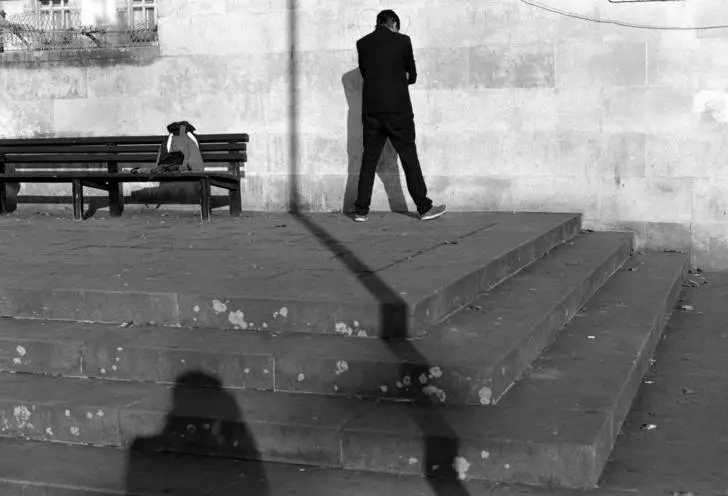
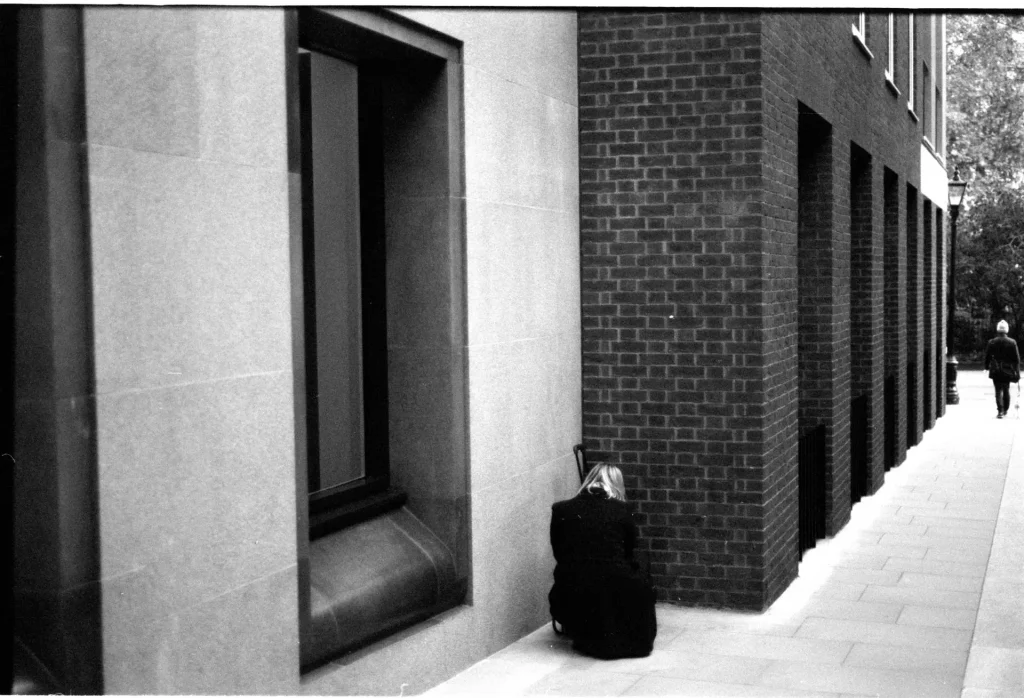
Sharpness
My experiences with both of these films has been through sharp lenses – Leica, Zeiss, Nikon, some of the most reputable lenses for sharpness every produced. I think both films perform fantastically at rendering sharpness into their frames. Lines are clean, and micro-contrast is maintained. However I think because of the grain structure I often perceive the Fomapan to have a little bit of an edge in sharpness. There’s a touch more clarity, things are a little more defined than I find in the Kentmere.
I’ve never had an issue with a frame of film being too soft as a result of anything other than user error in terms of mis-focusing it. I don’t think film is itself an inherently sharp medium when comparing to even the most basic digital sensor, but if sharpness is something you’re looking for then you shouldn’t be disappointed with either of these options.
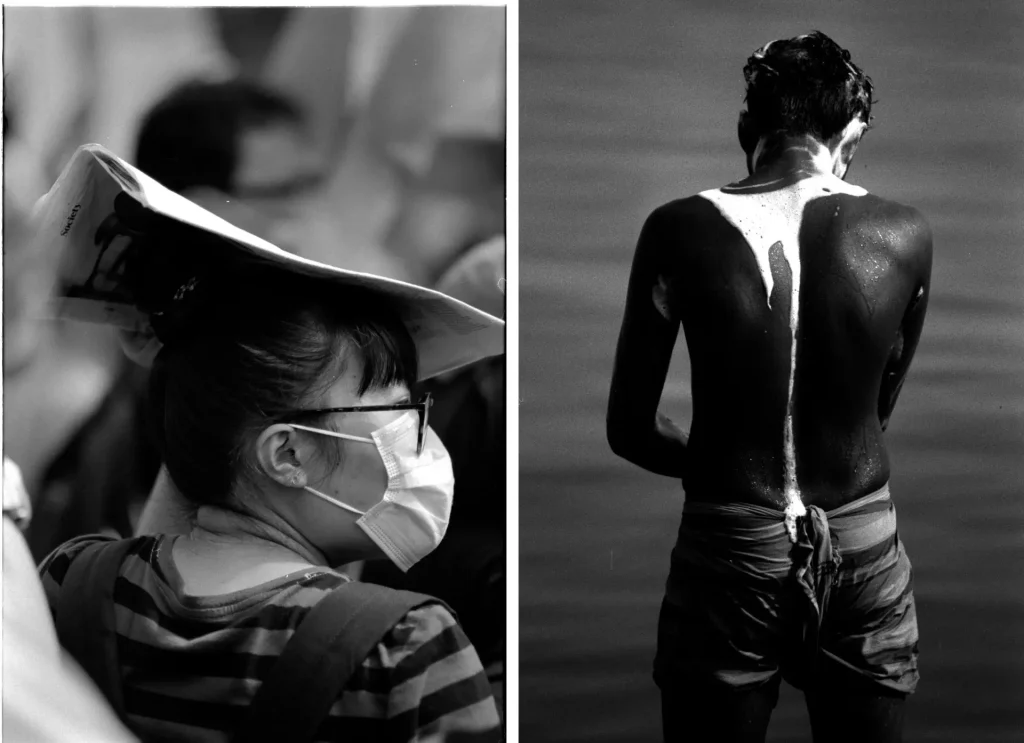
Speed
The speed of these films is what I find I have the most issues with, as the disparity between them is quite frustrating, and most informs my conclusions about how I intend to use these films moving forward. Kentmere seems to be accurately rated at 400, and I’ve never been inclined to shoot it over/under, or even to push or pull it. I take my results at 400 and, more often than not, am happy with them.
Fomapan on the other hand seems underexposed when shot at box speed. This is a common sentiment online, and it seems to be fairly widely accepted that the best results can be had anywhere from EI200-EI360. In my experience it really shines one stop from box, at EI200.
I’ve experimented with Foma quite a bit to get results that I feel represent the best possible look from this film. I’ll soon be trying it at box and slightly overdeveloping it at a high temperature to see if I can achieve similar results to overexposing it by one stop. There’s any number of things I could try. The fact that this experimentation was necessary with Fomapan but not with the Kentmere is quite damning in my opinion. I’d like to be able to shoot 400 speed films either dead on as much as possible, and to use the latitude when in tricky situations to go slightly under when necessary. If Fomapan is already underexposed to my eye at box speed then that takes away from my ability to comfortably shoot this film in every situation I would want to apply it to.
There are several “5 Frames With” articles I’ve written here on 35mmc which look at some of the results from these different exposure combinations with Fomapan 400. I recommend having a look at the images found in those to assess the qualities to be found at each different methodology.
Character/”Look”
The character of these films comes down to a combination of the above factors. When shot with different exposures in mind, in different kinds of conditions, these films can produce quite a few “looks.” I think the character of these films are the elements that remain consistent through most use cases. Character is quite a subjective measurement, and different people will assess different qualities when discussing it.
Fomapan gives a high contrast result in most situations, including even/overcast light. It has more highlight bleed and halation than Kentmere, but this is rarely overwhelming in the way it may be on something like Cinestill 800t. The grain is blocky, but not distracting.
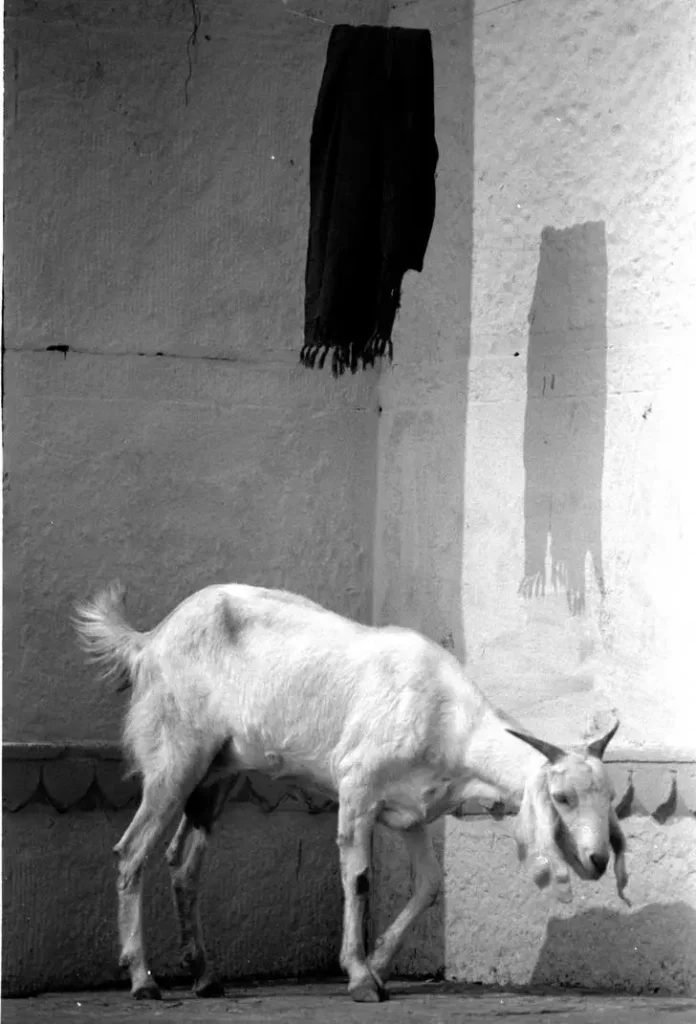
The Kentmere is a little flatter, often towards a muddier, more even toned image. The Kentmere also shows a little halation, but only when the light is very concentrated and higher than a few stops from what I’m exposing for. The grain is fairly fine.
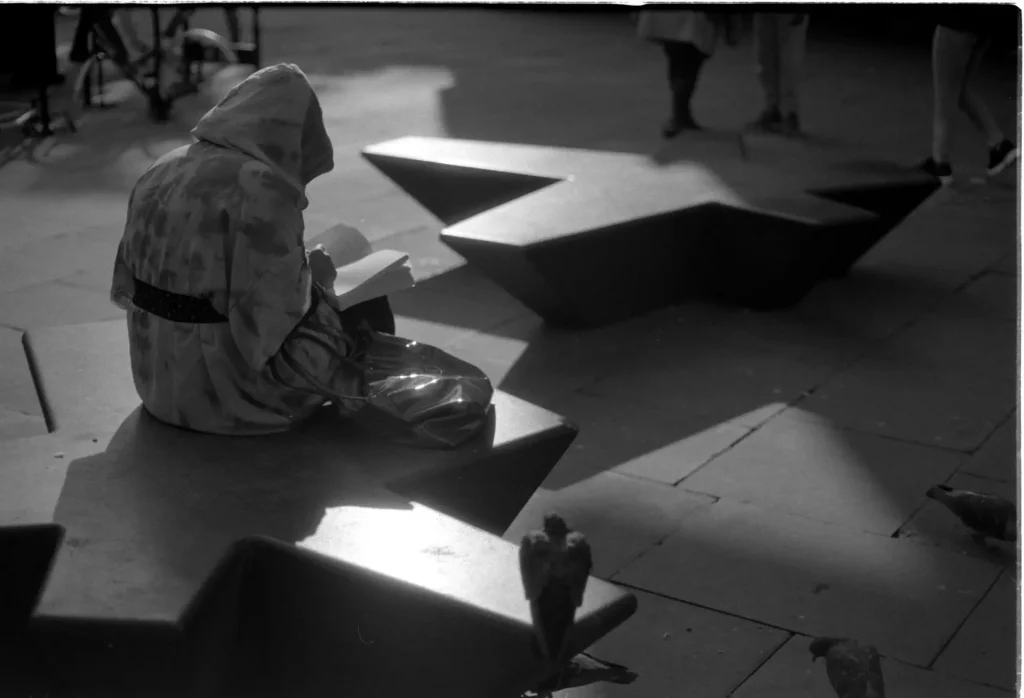
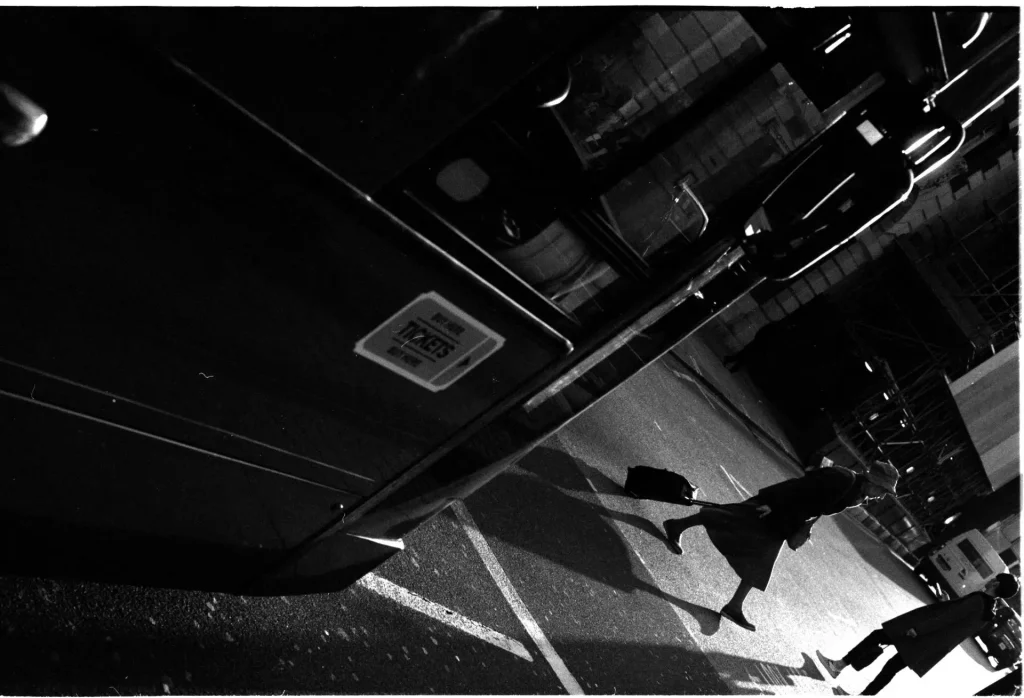
Kentmere 400 feels like Tri-X with less dynamic range. The images more often than not remind of me Tri-X at box speed – that prevailing grey-tone is distinct. I think people looking for that aesthetic and willing to be less cavalier with their metering would be happy with the lower cost of Kentmere.
I don’t think I have as direct an analogy with Fomapan 400, it’s more of it’s own thing. Definitely a characterful film with quirks, and requiring experimentation before a user can be comfortable with what it offers. It has lower dynamic range, and must be treated carefully regardless of what it’s being shot at. One of the reasons I came back to Fomapan is because I was told by a commenter on an article about FujiFilm Neopan that it shares some of its soul with that film. I think that overexposed by a stop it definitely shares characteristics, there is some equivalency between the rendering of the grain, and the achievable contrast in flat light.
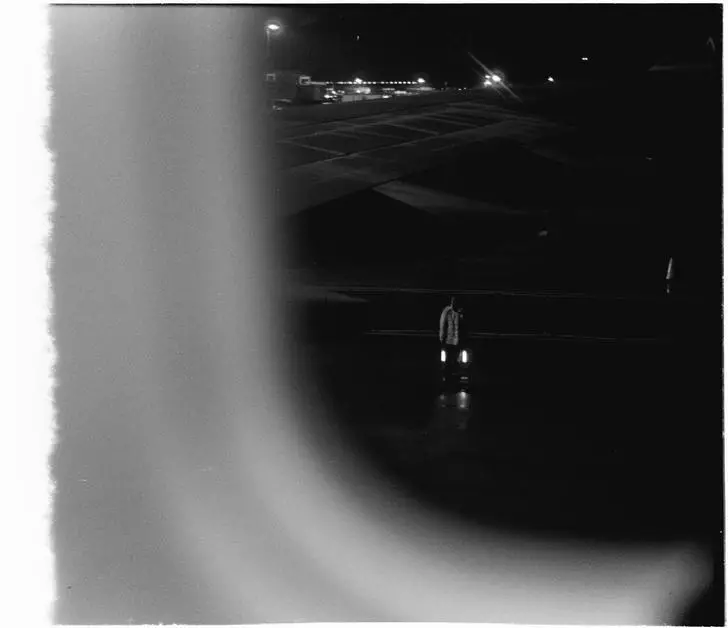
Blind Comparison
One of these photographs was made with Kentmere 400, and the other with Fomapan 400. See if you can guess which is which in the comments!
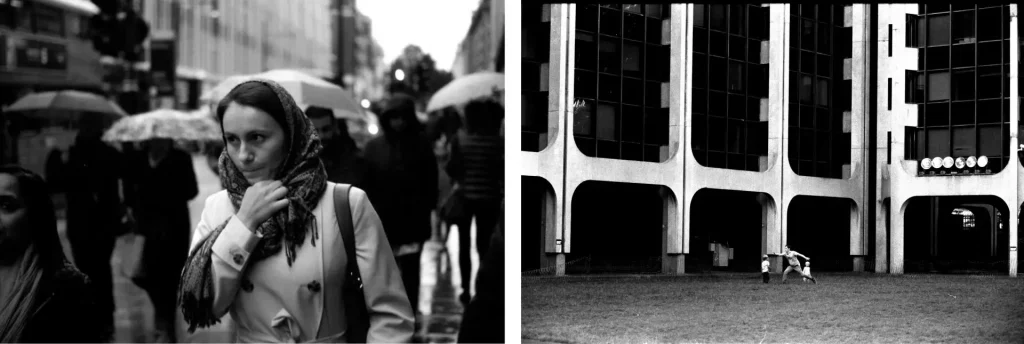
Conclusions
My conclusion is that in comparison between two box speed 400 films the Kentmere wins outright. As a “truer” native 400 speed film it is more practical for someone looking to get the best results at a higher speed. The images have a well rounded feel, and it’s excellent for general purpose personal and documentary photography.
The Fomapan suffers at 400, with a blockier rendering, and a foggy grey tone in the blacks which somewhat spoils the aesthetic, unless that’s something you’re especially looking for. However it absolutely shines as a character film when over exposed – I really do believe it to make more sense as a 200/300ish speed as many online similarly claim. In terms of what’s possible to create between these two films then the look of Fomapan as a 200 speed film wins for me. The contrast, larger grain, and character is the best I’ve found at this price point. That being said, settling on using it as a 200 means that I’ll shoot it less frequently, reserving it for spring/summer use. The Kentmere is the real all rounder.
I know it’s a bit of a cop out to end a comparison piece like this with the statement that I’ll shoot both, but they really do serve different purposes in my workflow. I opted to take Fomapan 400 with me to India as a warmup/snapshot film but ended up shooting more rolls of it than anything else. The high contrast results really lent a wonderful aesthetic to those images, and I’m glad I didn’t choose to take Kentmere. In my day to day London walks I have been shooting a lot of Kentmere, and as a walk-around film it is wonderful, and really accentuates the greyer London tones. As a winter/autumn all rounder the Kentmere is serving me well, and Fomapan as a high-light film makes a lot of sense.
Thanks for taking the time to read this article! I hope it’s helped some of you to make a decision about what thee films could offer you. If you’ve enjoyed my photographs here I have a larger selection available on my Instagram, from all different kinds of films and projects. I buy all of my film from Analogue Wonderland.
Share this post:
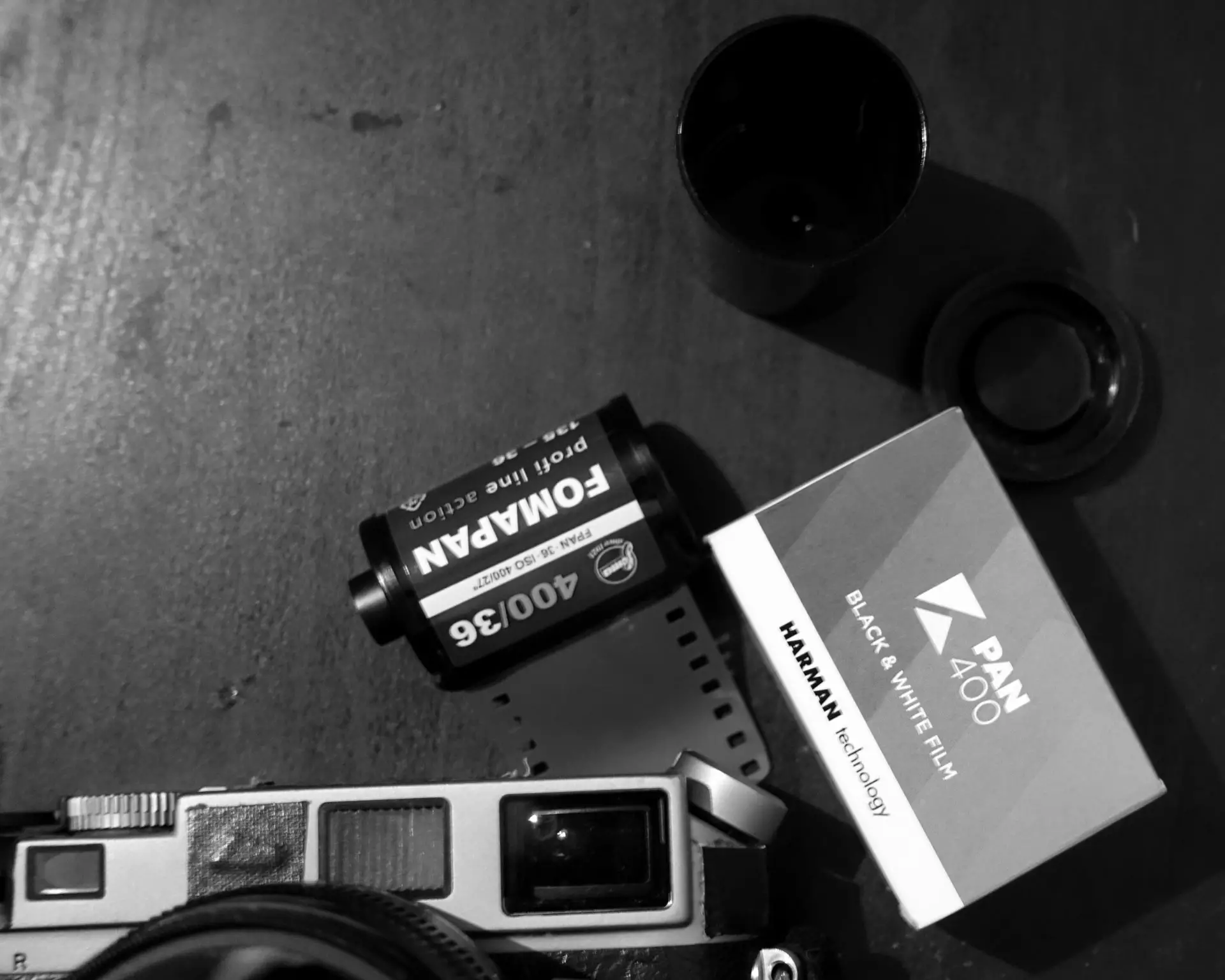








Comments
John Grzinich on Fomapan 400 & Kentmere 400 Review – Battle of the Budgets – by Simon King
Comment posted: 04/03/2020
Comment posted: 04/03/2020
Leo Tam on Fomapan 400 & Kentmere 400 Review – Battle of the Budgets – by Simon King
Comment posted: 04/03/2020
Seems like the Kentmere offers better tonality, though you call it muddy - maybe print on a higher grade paper/up the contrast to get the harder look from fomapan?
I like the compositions of your sample images a lot
Comment posted: 04/03/2020
Comment posted: 04/03/2020
Paul Mulherin on Fomapan 400 & Kentmere 400 Review – Battle of the Budgets – by Simon King
Comment posted: 04/03/2020
Comment posted: 04/03/2020
Peter on Fomapan 400 & Kentmere 400 Review – Battle of the Budgets – by Simon King
Comment posted: 04/03/2020
As for the quiz at the end: I'll venture that the left is Kentmere and the right is Fomapan.
Comment posted: 04/03/2020
Huss on Fomapan 400 & Kentmere 400 Review – Battle of the Budgets – by Simon King
Comment posted: 04/03/2020
Comment posted: 04/03/2020
Matthias Steck on Fomapan 400 & Kentmere 400 Review – Battle of the Budgets – by Simon King
Comment posted: 04/03/2020
thanks for the comparison. There are some real good fotos inside. For your last two pictures I can only guess. I'd say it's Kentmere on the left and Fomapan on the right.
Regards Matthias
Comment posted: 04/03/2020
Daniel Castelli on Fomapan 400 & Kentmere 400 Review – Battle of the Budgets – by Simon King
Comment posted: 05/03/2020
I always like your reviews and commentaries...they come from a perspective of a 'workingman' photographer. You write from your shoes on the ground...and no tree shots. Ansel Adams did good tree work. Too many reviewers shoot their backyard trees. Trees don't move. I want to see what a film or lens does on the street or around people.
Let me start by tell you I'm surprised at the cost of film in the UK. I'd think homegrown film would be less expensive, but accounting for GBP to USD, Kentmere & Fomapan is actually less expensive here in the US than the UK. Go figure.
A couple of years ago, I spent the summer shooting different B&W films. I really disliked Fomapan 400. Fomapan 200 suited me better. Kentmere is not an easy film to shoot. I found you had to be more accurate with exposure (i.e. - less forgiving) than HP-5 or Delta 400.
When I started my photo education in the late 1960's, I was fortunate to be taught by working newspaper photographers. In their world, it was imperative to get the shot (a few were still using 4x5 press cameras) so each step of the process carried equal weight: exposure, developing, printing. They weren't having any of that 'artsy' stuff. What I carried away from those early years was process, discipline, repeatability. That stuff came in handy as I dabbled in 'that artsy stuff.' :-)
I have the feeling that you and I work in a similar style. You're working in the profession, and I'm a happily retired photo educator.
Recently I switched over to DD-X from ID-11. Mixing the ID-11 and waiting 24 hours to use it was getting old. Now that I'm retired, I like instant gratification - slip into the darkroom whenever I need to process film...pour, dilute, temp check, time/temp compensate and process. Pop in a blues CD and I'm in the zone. DD-X is already to go.
Thanks again for another informative article.
Comment posted: 05/03/2020
Victor Doroshenko on Fomapan 400 & Kentmere 400 Review – Battle of the Budgets – by Simon King
Comment posted: 05/03/2020
Like the Fomapan better in this sample, but obviously it’s a matter of tase. The look of Kentemere reminds me of those “surveillance” films, or JHC400, so maybe that would be the most direct comparison. Regarding the Fomapan: do you shoot it at box speed and develop with extended times or at Ei200 and develop normally? That could be quite a difference. I ask because my 30.5m of hp5 are close to the end, and the next one I wanted to try was Fomapan 400 ;)
Comment posted: 05/03/2020
Ph on Fomapan 400 & Kentmere 400 Review – Battle of the Budgets – by Simon King
Comment posted: 05/03/2020
Comment posted: 05/03/2020
Michal on Fomapan 400 & Kentmere 400 Review – Battle of the Budgets – by Simon King
Comment posted: 05/03/2020
Comment posted: 05/03/2020
Marius on Fomapan 400 & Kentmere 400 Review – Battle of the Budgets – by Simon King
Comment posted: 05/03/2020
Comment posted: 05/03/2020
Igal on Fomapan 400 & Kentmere 400 Review – Battle of the Budgets – by Simon King
Comment posted: 05/03/2020
Thank you for sharing these shots and your thoughts and observations.
Comment posted: 05/03/2020
Kodachromeguy on Fomapan 400 & Kentmere 400 Review – Battle of the Budgets – by Simon King
Comment posted: 05/03/2020
Comment posted: 05/03/2020
Lee on Fomapan 400 & Kentmere 400 Review – Battle of the Budgets – by Simon King
Comment posted: 05/03/2020
Comment posted: 05/03/2020
RW Jemmett on Fomapan 400 & Kentmere 400 Review – Battle of the Budgets – by Simon King
Comment posted: 05/03/2020
Willem Dirks on Fomapan 400 & Kentmere 400 Review – Battle of the Budgets – by Simon King
Comment posted: 05/03/2020
Kentmere is better in general, more dynamic range. My negatives always look really dull.
I tried (semi-succesfully) push foma200 1 stop in rodinal and it's definitely also worth checking out, the foma200 film gives (imo) better results than the 400.
Tom Cervenak on Fomapan 400 & Kentmere 400 Review – Battle of the Budgets – by Simon King
Comment posted: 17/02/2021
Tom Cervenak on Fomapan 400 & Kentmere 400 Review – Battle of the Budgets – by Simon King
Comment posted: 23/02/2022